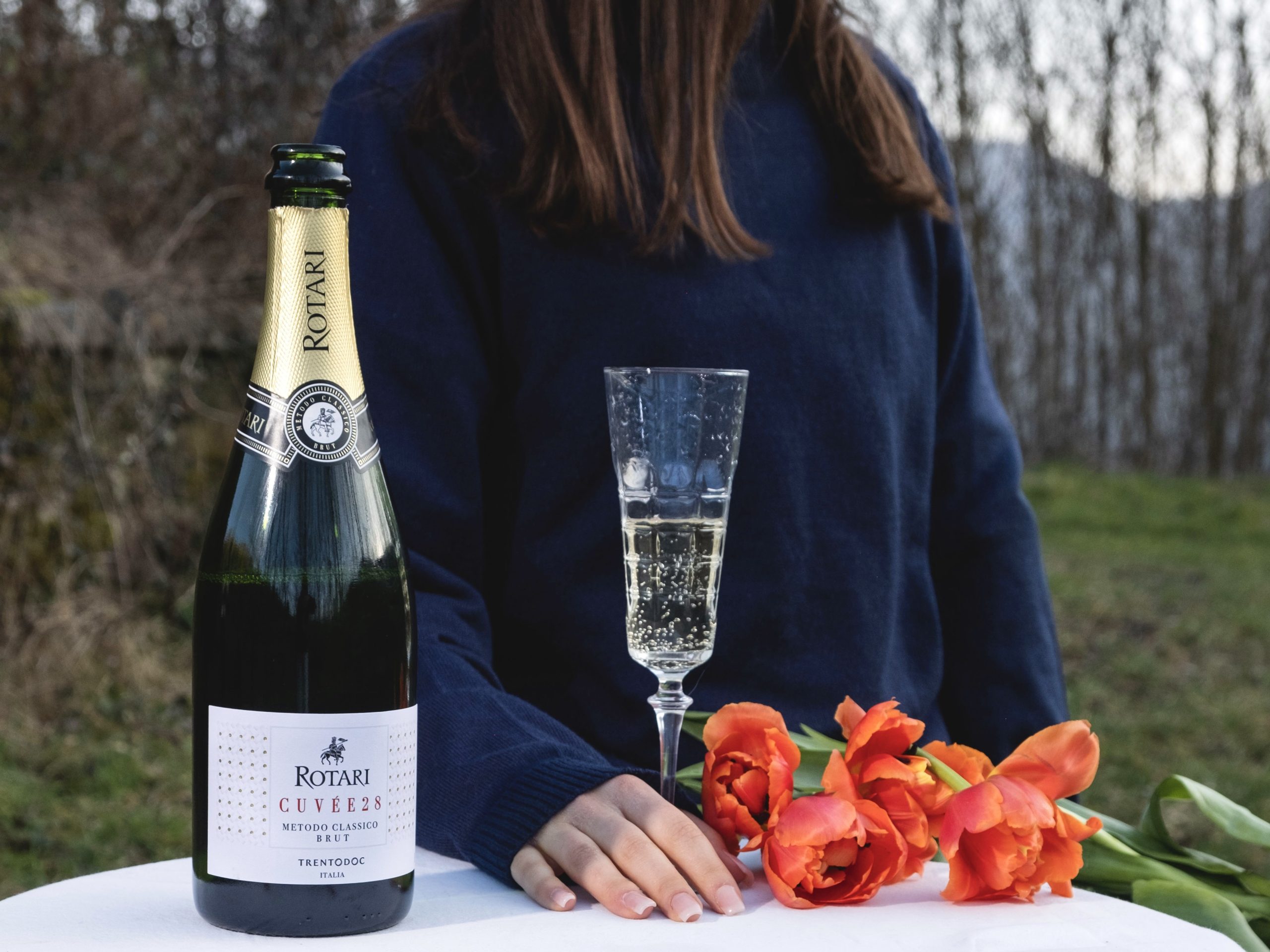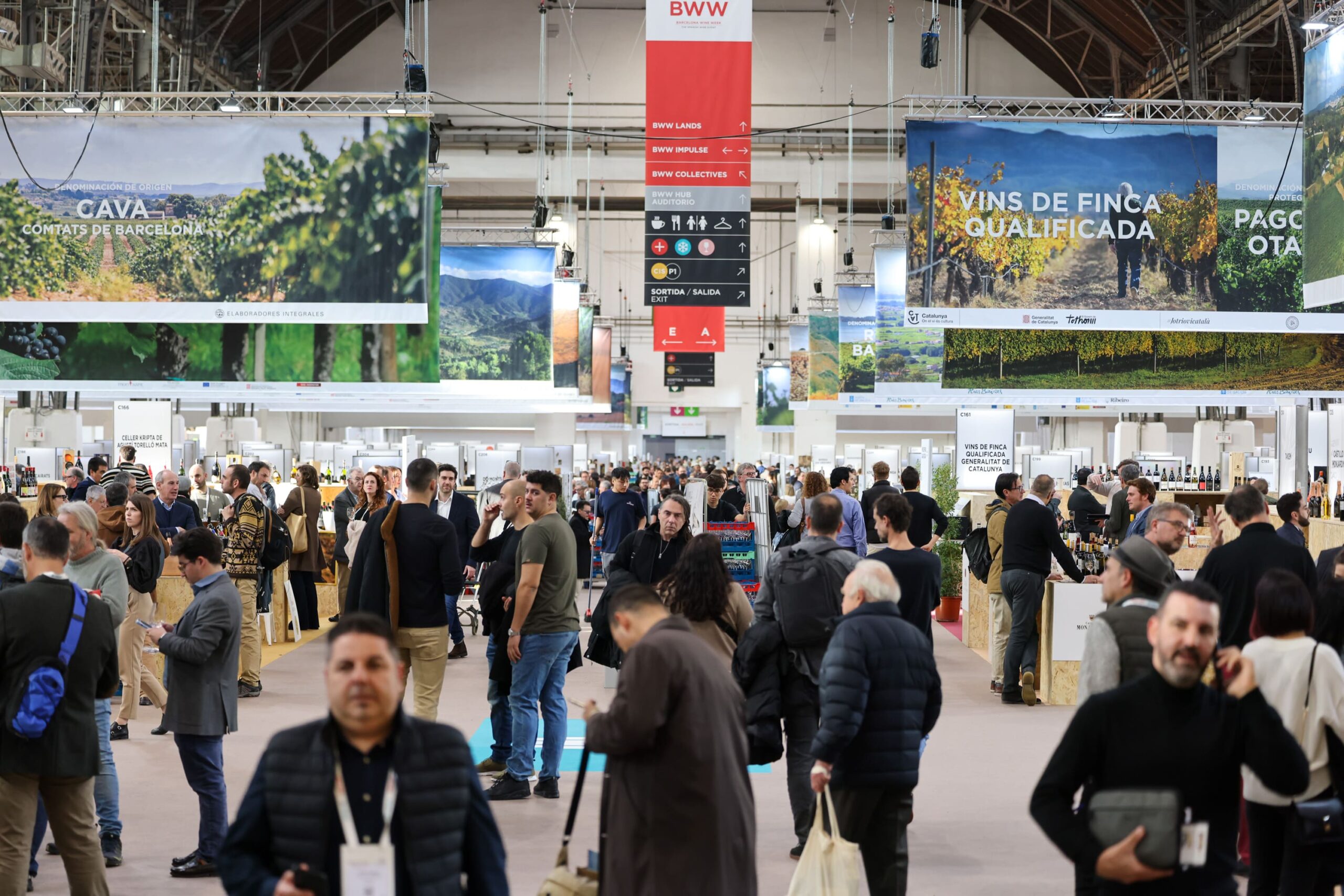Is Burgundy now beyond the reach of most buyers?
The scarcity of the newly-released 2021 Burgundy vintage has pushed prices up to a record high, but is the region starting to price itself out of the market? A new market report by Liv-ex asks if Burgundy is simply too hot for many to handle.

The launch of the 2021 Burgundy en primeur campaign earlier this month was always going to be a tough one – late frosts in April wiped out large swathes of the crop, and was followed by tough conditions that included rain, hail in some areas and mildew, meaning volumes were drastically low. The BIVB announced volumes would be down by around 50%, while yields in some areas were down by as much as 85%, David Roberts MW, buying director at Goedhuis told the drinks business. Much of the Chardonnay in the Cote de Beaune – particularly villages such as Meursault, Saint Aubin, and Puligny Montrachet – and the the Cote de Nuits was very badly affected.
As a result, prices have risen by around 25%, making the 2021 campaign “worse than most feared”, the Liv-ex report said.
Although paradoxically, the quality was in places very good, the challenge has remained very real for growers, merchants, and collectors. Finding value is “harder than ever” – not only have some of the top names released later than usual (as they decide on pricing), but others are not being made available by some merchants, or are restricted to one case per client.
Impact on the secondary market
All of this has an impact on the secondary market, with buyers prompted to look for older vintages already available. Last year saw Liv-ex’s Burgundy 150 index outperform the rest, rising 26.7% over the year and reaching a record market share of 25.9% – but as Liv-ex pointed out, “these gains were limited to the first part of the year” and it called the market for Burgundy “increasingly fragile”.
“Market sentiment towards the region has been waning, which in turn is impacting prices,” the report warned, pointing to a 1.5% fall in the Burgundy 150 index in the last two months, while the bid to offer ration has fallen from 1.1 a year ago, to 0.26 today – meaning fewer buyers for every bottle of Burgundy on the market.
“These stratospheric prices have limited Burgundy to a shrinking number of buyers,” it noted, largely as a result of the economics of demand and supply, even though the market has broadened with the launch of new labels.
However, the water has been further muddied by “artificial price inflation and price-matching” that has exaggerated the difference “in quality between regional Burgundy and Grand Crus” according to a recent piece by Neal Martin on Vinous, quoted by Liv-ex. He has argued that some producers have taken advantage of the market force that dictates rarity drives the Burgundy market to drive up prices.
How sustainable is this?
According to Liv-ex, following the pandemic-induced boost to the fine wine market during 2021 and 2022, the macro-economic forces have started to weigh against consumer sentiment in the last quarter of 2022 and the run-away success of Burgundy in particular is looking “increasingly fragile”.
Partner Content
It pointed out that the bid to offer ratio – a “measure of market sentiment” – has fallen as prices have soared, sitting at 1.1 in January 2022 but at 0.26 now. This in itself, it said “points to slowing market demand and increased price volatility”. Furthermore more than half the wines in the Burgundy 150 index fell or were flat during December, it noted, with the ratio between the number of wines rising and falling declining since May.
But it’s not only the price of the Grand Crus that are rising – the gap between village wine and Grand Crus has been closing, with the average price of a village wine rising 57.3% during 2022, from £950 per case of 12, to £1,494.
“To put this in context, one can buy a Bordeaux Second Growth for the same price as a case of Burgundy village wine,” the report explained.
This is making it harder and harder to find value, it concluded.
“Unfortunately, this price inflation means Burgundy is now a region for the few, not the many, limiting the number of market participants that can get involved,” it said, pointing out that “Burgundy desperately needs a string of high yielding vintages.”
“Until then, high release prices and high secondary market prices will continue to deter buyers – particularly the old hands, but quite possibly the new too,” it warned “The falling bid:offer ratio is pointing to this. At these prices, stock (albeit limited) is lingering on lists longer. It has become riskier to buy and harder to sell.”
It concluded that although the secondary market is getting broader, the group of buyers of its finest wines is getting narrower.
“The question perhaps is this – if collectors are to commit new money to the fine wine market, will it be to Burgundy, or to other regions that this money gravitates?”
Related news
Strong peak trading to boost Naked Wines' year profitability




